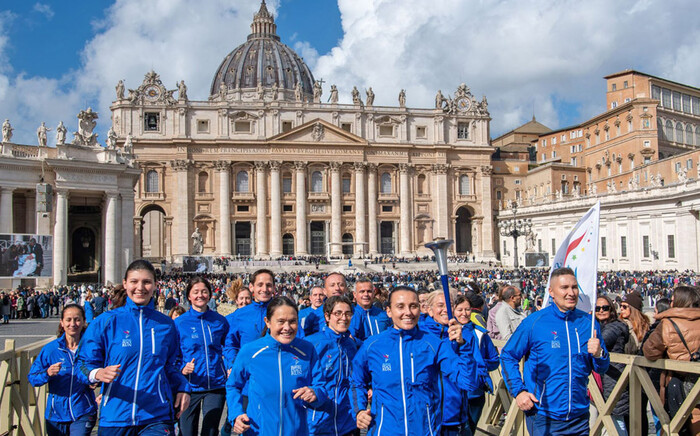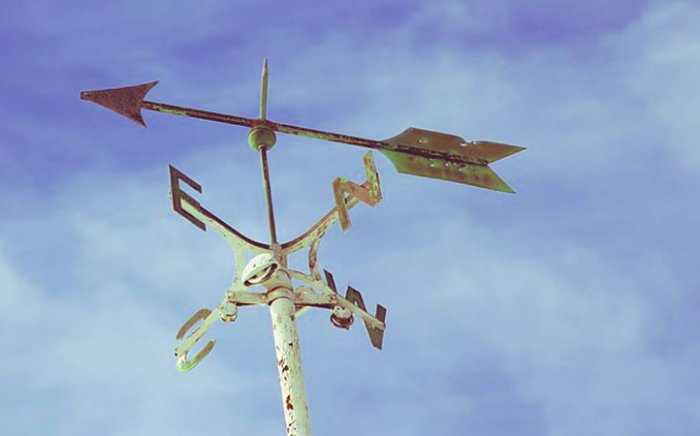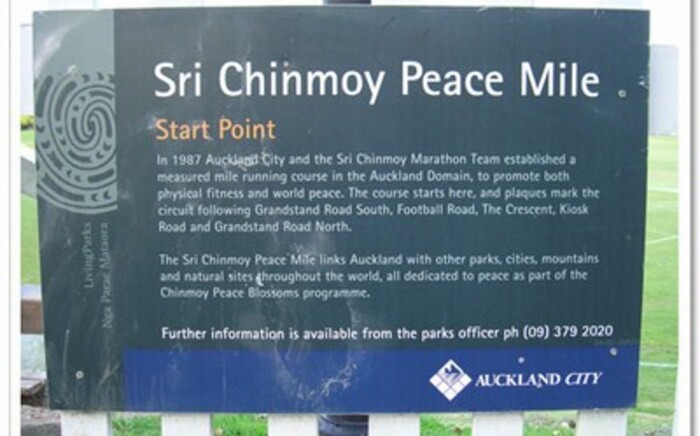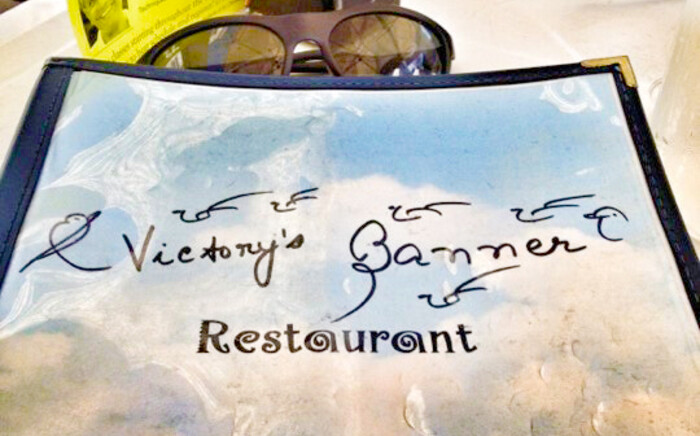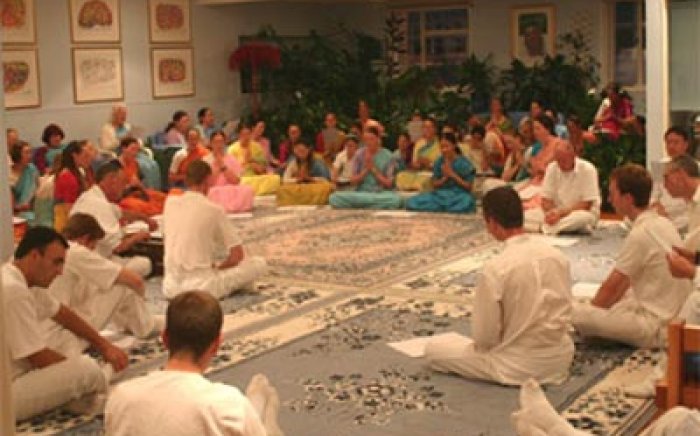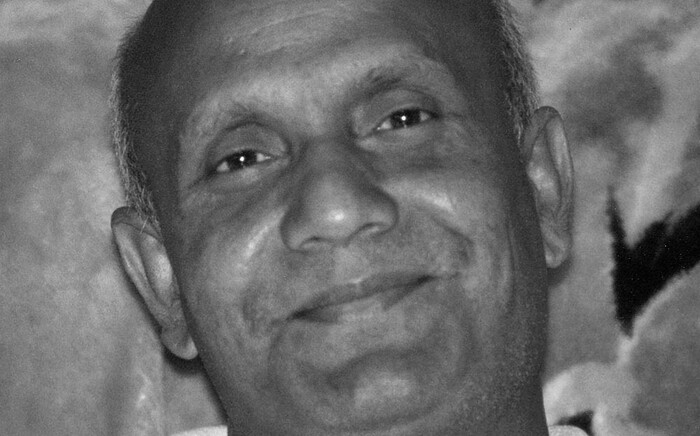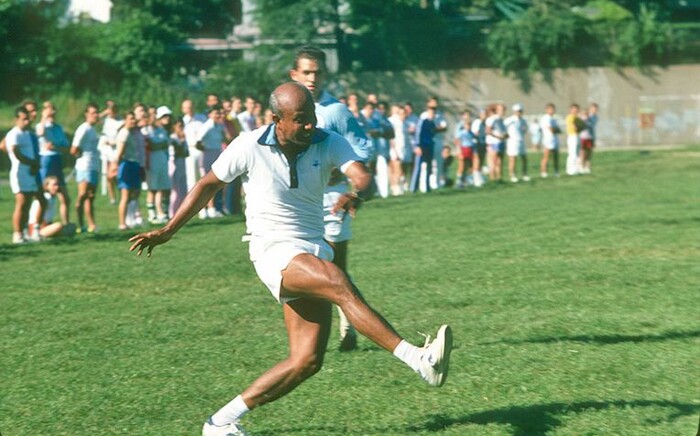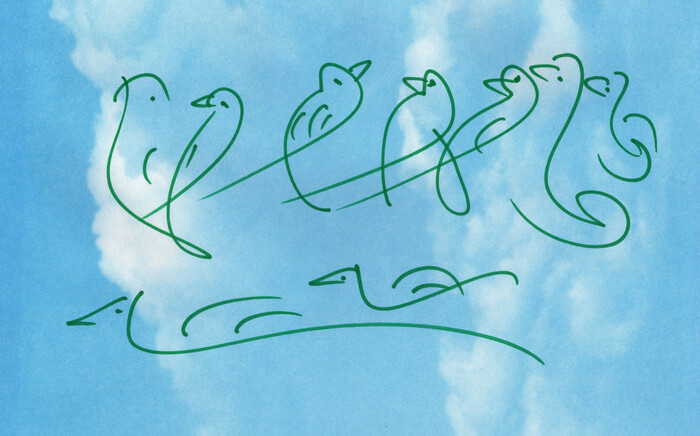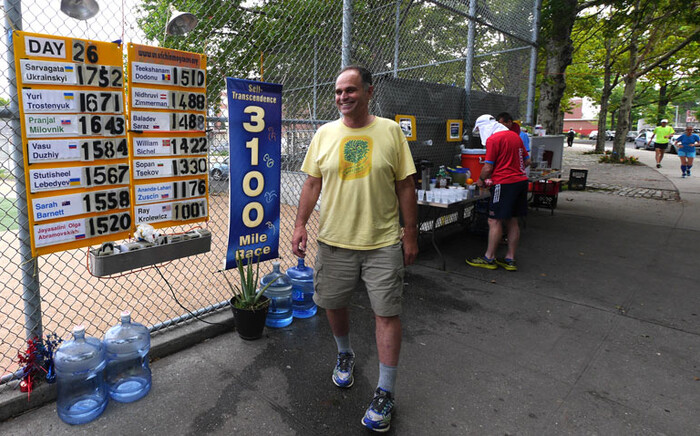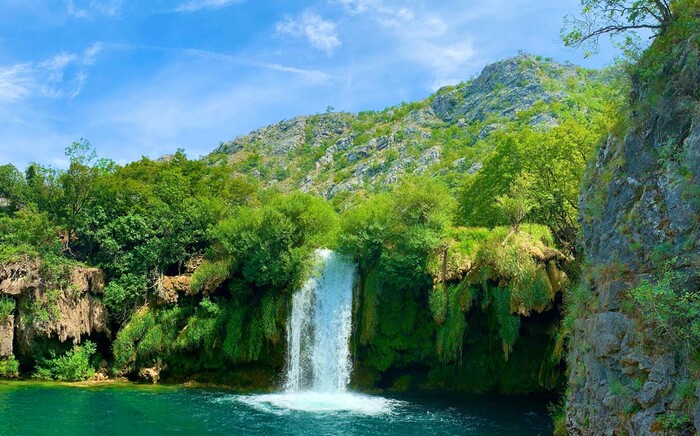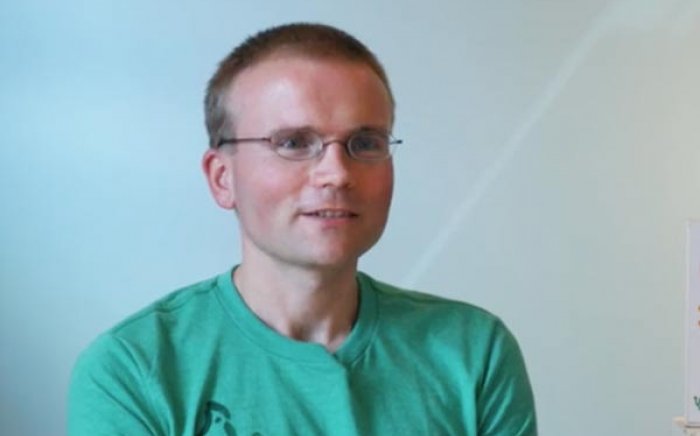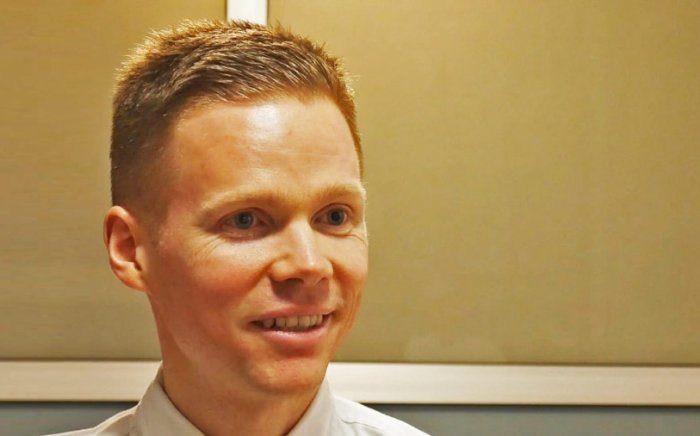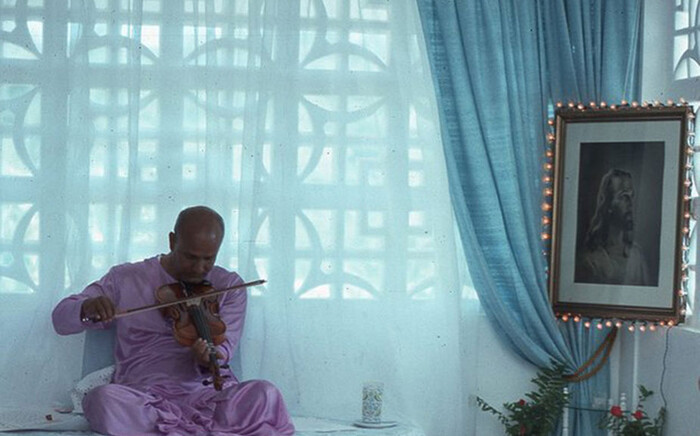I ran the Te Houtaewa Challenge's 63 kilometre course. Afterwards, I did some exploring.
Have you ever blasted off and done a few orbits of the blogosphere? It is a strange and dangerous place. Even with a good supply of oxygen and the best protection against radiation, it still pays to spend as little time as possible out there floating about.
One odd thing you will notice if you do venture forth, is the astonishing readiness of bloggers to expose to the whole world things that they would be hesitant, in any other forum, to whisper to their closest confidante.
I chanced upon a blog, during one of my own rare and brief journeys of exploration into that strange realm, wherein a woman wrote of how she had experienced what she took to be a mild stroke. This she happily exposed to me - a random reader on the other side of the planet - while at the same time expressing the hope that her husband didn’t find out. There is something very peculiar about this confusion of the private and the public.
This odd feature of writing on ‘the net' comes to mind because - for a brief moment - I considered exposing a great secret here on my own humble home page. However - let sanity prevail. Let us understand that secrets are not best kept by publishing them on the internet.
The secret I momentarily thought of exposing was the identity of Frederick James.
Now, in terms of the great mysteries of the modern world - is Elvis dead? who killed Laura Palmer? where are the WMDs? - the identity of Frederick James is hardly of importance, but - my lips remain sealed none-the-less. I am one of a tiny number of people who know the answer to the question ‘who is Frederick James?’ but I resist the loose-lipped frankness of the blogosphere. Fred, your secret is safe with me.
*
The professional orchestra in Dunedin is called the ‘Southern Sinfonia’ (it used to be called the ‘Dunedin Sinfonia’). If one attends one of the orchestra’s concerts one can spend the minutes before the performance begins reading through the programme. It is standard for such a programme to include notes on the various pieces of music being performed - technical points of musicology, historical facts, biographical details of the composer and so on. Often these are dull enough to reduce the reader to a state of somnolence even before the music begins.
For the last twenty years however, this has not been the case with the programme notes for ‘Southern Sinfonia’ concerts. Lively, informative, striking just the right balance between the academic and the actually interesting, full of insights but enlivened with amusing anecdote, the programme notes have been much appreciated and commented upon by an attentive audience. And in the back of each programme these small works of literature are credited to Frederick James. An examination of the phone directory however indicates that no such person exists. Who then is this elusive musical literati, this scarlet pimpernel of the concert hall; who is it that lurks behind this mysterious nome de plume?
Not from me will you learn the answer to this question.
I was, however, speaking to the mysterious Frederick James earlier in the year about the programme notes he was working on for the Sinfonia’s 2008 season. The first concert was to consist of a piano concerto, a bit of Tchaikovsky, and - a short piece by contemporary New Zealand composer Christopher Blake: a piece entitled - ‘Angel at Ahipara’.
Those of you who have read more that a couple of pages hereabouts will know the significance that I place upon the tiny and obscure settlement in the far north of New Zealand called Ahipara.
Frederick James was able to tell me that the musical piece had been inspired by a photograph - a photograph taken at Ahipara. I undertook to do some research - to seek out the angel at Ahipara.
*
Earnest, earthless, equal, attuneable, vaulty, voluminous, . . . stupendous
Evening strains to be time’s vast, womb-of-all, home-of-all, hearse-of-all night.
Her fond yellow hornlight wound to the west, her wild hollow hoarlight hung to the height
Waste; her earliest stars, earl-stars, stars principal, overbend us,
Fire-featuring heaven. For earth her being has unbound, her dapple is at an end, as-
tray or aswarm, all throughther, in throngs; self in self steeded and pashed — quite
Disremembering, dismembering all now. Heart, you round me right
With: Our evening is over us; our night whelms, whelms, and will end us.
It is the moment between day and night. The moon shines but the clouds are still pink and orange. There is a church on a ragged, green hilltop. Around it - the graves of the long-dead. The grass is long. Rough concrete steps lead up to a wooden gate with a couple of missing pickets set in a wire, farm fence. The hinges groan as I push the gate open.
There is no sign that gives a name to the church. It is white and wooden and looks infrequently used.
And there, looking out across the darkening countryside it stands - the Angel at Ahipara. It stands upon the gravestone of Emery Nopera. The faded lettering carved upon the grave - slowly eroding into illegibility - is in the Maori language. I can understand none of it save the name and the single word - ‘mate’ which I recognise as meaning ‘death’. ‘Mate 1910’ - or is it 1916 or 1914: the stone is too warn to be sure.
The slope of the ground and the height of the plinth on which it stands place the angel above my eye level. I look up at the weathered stone angel. It stands poised as if frozen in the act of stepping forward, its robes flying about it. In one hand it holds a trumpet clasped to its breast. Its other hand it raises into the dusk sky, one finger pointing upwards in an eternal sign. The eyes seem downcast, looking not at the heavens above that it gestures towards but at those below in the vale of tears to which it brings its message from the beyond.
Its stone face, as it smiles serenely and unseeingly down at me, is covered with a mottled scarring of lichen. Like cataracts the lichen covers the angel’s eyes; pockmarks its gentle face. Until time and weather, the creeping lichen, the falling rain wear it down to unrecognisable stone, this angel stands poised in the air signalling ever to those below that the truths they seek are beyond the clouds fading in the sky above. If one listens carefully, behind the chirping of dusk-time insects, the distance susurrus of the surf on the beach, the vast vaulted silence of the evening, one might hear the faint echo of the call of the stone trumpet the angel holds at its breast - a call that can wake the dead that lie here beneath the soil and lush, unkempt grass and weathering stone; that can wake us all if we but pause in silence to hear.
*
I can fly
but I want his wings;
I can shine even in the darkness
but I crave the light that he brings;
revel in the songs that he sings -
my angel Gabriel.
I can love
but I need his heart;
I am strong even on my own
but from him I never want to part;
he’s been there since the very start -
My angel Gabriel.


************
The quotations are from:
‘Spelt from Sibyl’s Leaves’ by Gerard Manley Hopkins
and lyrics from ‘Gabriel’ by Manchester electronic music duo - “Lamb”: Louise Rhodes and Andrew Barlow
An account of running the Te Houtaewa Challenge in 2008 can be found here.
